Fix: Windows cannot find ‘wt.exe’.
The error “Windows cannot find ‘wt.exe‘” shows up when you try to open Windows Terminal, but your computer can’t find the file it needs to start it. This usually happens because the shortcut to start Windows Terminal is missing or turned off.

Other reasons can include problems with the Windows Terminal app, issues with your system files, or wrong settings for the file’s location.
1. Repair and Reset Windows Terminal
Windows offers a built-in repair feature that can resolve common issues affecting app launches. Corruption within the Terminal app may prevent Windows from detecting the wt.exe file. Before trying other solutions, use the repair and reset options to address potential app corruption.
- Open Windows Settings using the Win + I keys.
- Go to Apps > Apps & features.
- Type “Terminal” in the search bar.
- Click the three-dots icon next to Windows Terminal.
- Choose Advanced options.

Opening terminal advanced options - Under the “Reset” section, click Repair to attempt repairing the app without affecting your settings or data.
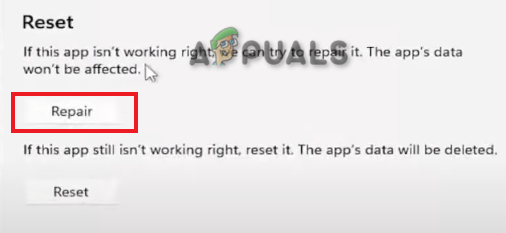
Repairing application - If the error persists, click Reset to restore the application to its default state.Resetting the app will delete your data. Please back up any important settings or profiles before proceeding.
- Finally, relaunch Windows Terminal from the Start Menu.
2. Uninstall Windows Terminal Preview
If you have both Windows Terminal and Windows Terminal Preview installed simultaneously, they may conflict and prevent either from launching. To resolve these conflicts, it is recommended to uninstall the preview version.
- Press the Windows key to open the Start menu.
- Locate Windows Terminal Preview in the “Recently added” section.
- Right-click on it and select Uninstall.
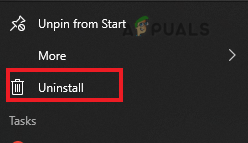
Uninstalling the Windows terminal preview - Restart your computer via the Start Menu to ensure changes take effect.
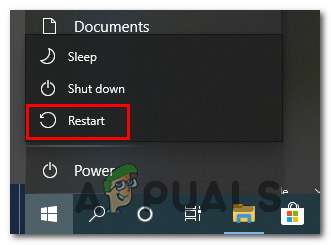
Restarting the computer - Once your system restarts, try launching Windows Terminal again.
3. Reset Permissions of the ‘WindowsApps’ Folder
The WindowsApps folder stores installed applications, including Windows Terminal. Improper permissions or access control lists (ACLs) can prevent Windows Terminal from launching. Resetting permissions helps restore correct access and can eliminate related errors.
- Press the Windows key to access the Start Menu.
- Type cmd and choose Run as administrator.
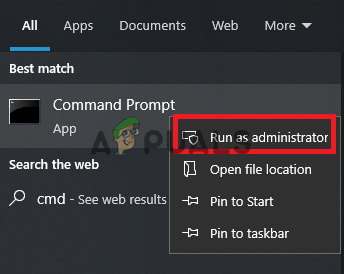
Running command prompt as administrator - Enter the following command to reset permissions for all files and folders within WindowsApps:
icacls "C:\Program Files\WindowsApps" /reset /t /c /q
This process restores necessary permissions to ensure Windows Terminal can operate correctly. Addressing permission issues is important for resolving access errors associated with Windows Terminal.
4. Add Registry Path for Windows Terminal
Certain Windows updates or configuration changes may alter Registry keys, affecting how Windows locates wt.exe. If the path in the Registry is incorrect or missing, the Terminal app will not launch properly.
- Open the Run dialog by pressing Win + R.
- Type regedit and click OK to launch the Registry Editor.
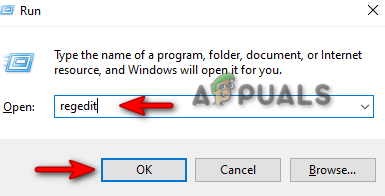
Opening the registry editor - Navigate to the following path:
HKEY_CURRENT_USER\SOFTWARE\Microsoft\Windows\CurrentVersion\App Paths\wt.exe
- In this folder, identify the values named (Default) and Path.
- Double-click each value and ensure the path correctly points to your wt.exe file. For most installations, this path will be similar to:
C:\Program Files\WindowsApps\Microsoft.WindowsTerminal_1.16.10262.0_x64__8wekyb3d8bbwe - After updating the path, restart your computer to apply the changes.
Correct registry paths allow Windows to locate and launch Windows Terminal without errors.
5. Reinstall Windows Terminal
If the wt.exe file is missing or has a file size of zero, reinstalling Windows Terminal can restore the application with clean files and default settings. This process is effective for resolving persistent launch errors.
5.1. Uninstalling Windows Terminal
- Open the Start Menu by pressing the Win key.
- Find Windows Terminal under “Recently added.”
- Right-click and choose Uninstall.

Uninstalling the Windows terminal preview Tip: Restart your computer after uninstalling to ensure all changes are implemented. - Restart your PC after uninstallation is complete.
5.2. Reinstalling Windows Terminal from the Microsoft Store
- Launch Microsoft Store from the Start Menu.
- Type “Windows Terminal” into the search bar and press Enter.
- Click Install and wait for the process to complete.

Installing Windows Terminal
5.3. Reinstalling Windows Terminal Using PowerShell
- Press the Win key to open Start, then type Powershell and choose Run as administrator.
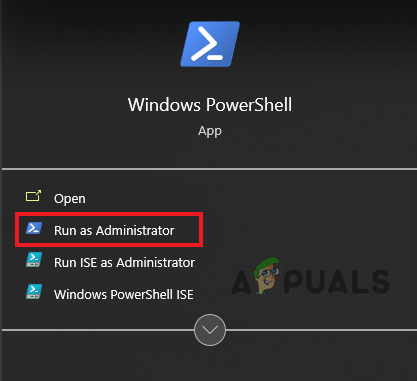
Running PowerShell as an administrator - Enter the following command to reinstall Windows Terminal:
get-appxpackage Microsoft.WindowsTerminal -allusers | Foreach {Add-AppxPackage -DisableDevelopmentMode -Register "$($_.InstallLocation)\AppXManifest.xml"}
Reinstalling Windows Terminal ensures that missing or corrupted files are replaced, resolving launch and executable detection issues.
6. Perform an In-Place Upgrade
If all other methods fail, performing an in-place upgrade can repair your Windows installation without affecting your personal files or applications. An in-place upgrade reinstalls system files, resolving deeper issues that standard troubleshooting cannot fix. For detailed instructions, refer to this guide on how to perform an in-place upgrade.




